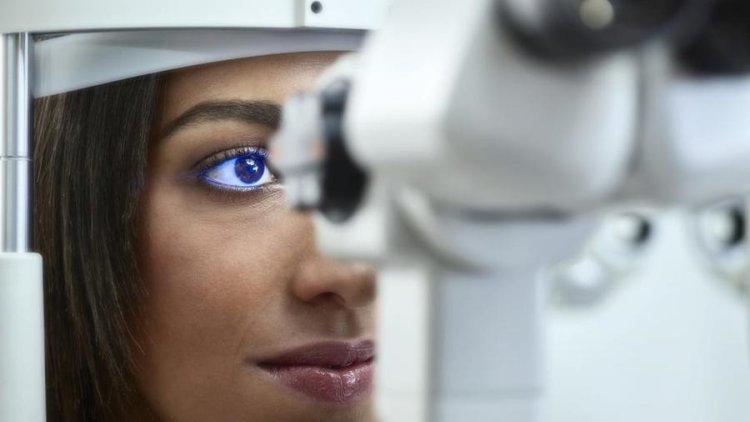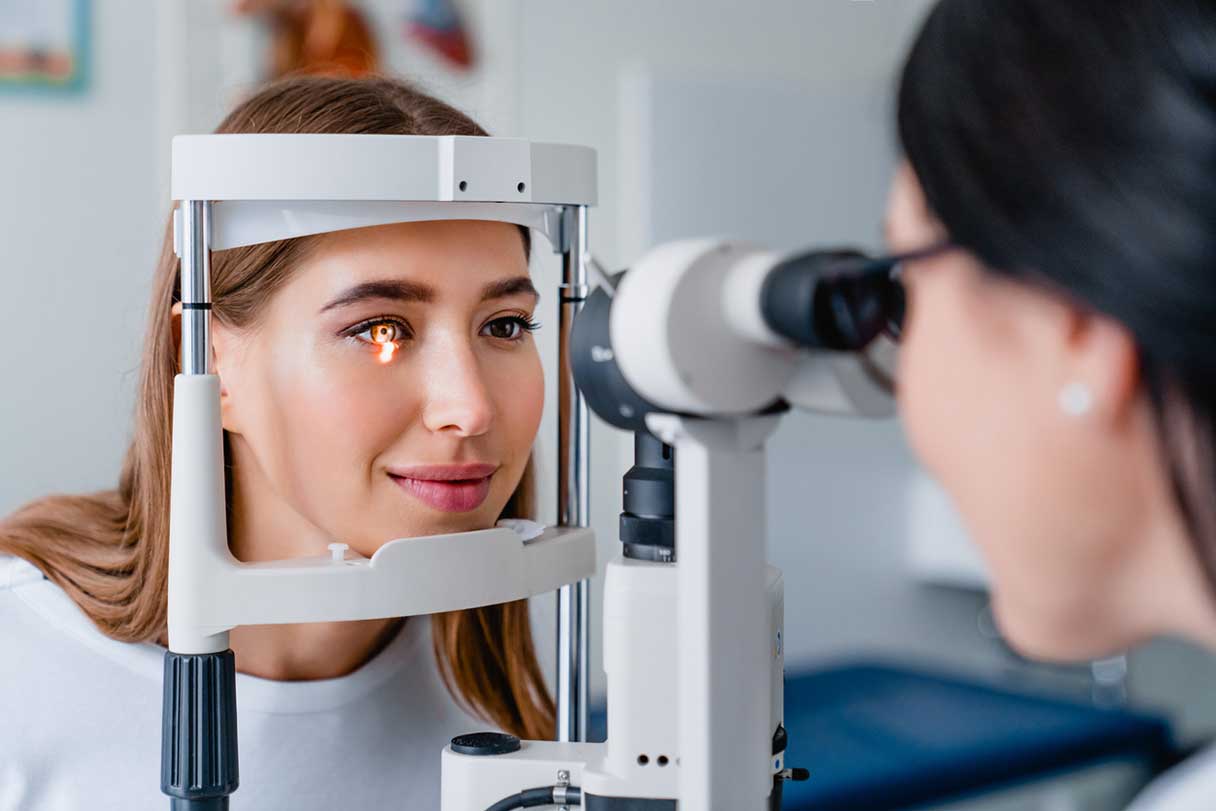THE DIFFERENCE BETWEEN EYESIGHT AND VISION
Unlike eyesight, VISION is a mental process from which an understanding of what is seen, where it is, and how to respond to it emerges.

The physical characteristics and performance of the numerous organic components of the visual system constitute the essence of EYESIGHT. 20/20 vision is a commonly cited standard of normal vision, but it merely refers to the eye's ability to discern minute details at a distance.

Unlike eyesight, VISION is a mental process from which an understanding of what is seen, where it is, and how to respond to it emerges. It integrates data from multiple sensory systems to create a perception of reality. Vision is a more dynamic and interactive process, essentially a whole information processing system developed through experience to comprehend the external visual space environment.
Vision is much more than being able to read license plates distinctly at a distance, for instance, when a person is driving a car. Vision is the total process by which the spatial relationships between vehicles are assimilated and processed by the driver in order to navigate the vehicle to its destination safely, without an accident and with minimal stress. Vision determines the relative speeds of the other vehicles and alerts the driver to a pedestrian entering the roadway, another car at an intersection, or the door of a stationary vehicle opening.
Vision directs the baseball player to wield the bat at precisely the right time and location in space to make contact and achieve a home run.
Also read: 10 TIPS FOR ‘HEALTHY’ TV WATCHING!
Some examples of Eyesight Problems
- Shortsightedness (myopia)
- Longsightedness (hyperopia)
- Astigmatism
- Presbyopia
- Hyperopia
Some examples of Vision Problems
- Binocular vision problems
- Lazy eye (amblyopia)
- Eye turn (strabismus)
- Eye strain or eye fatigue
- Colour blindness












